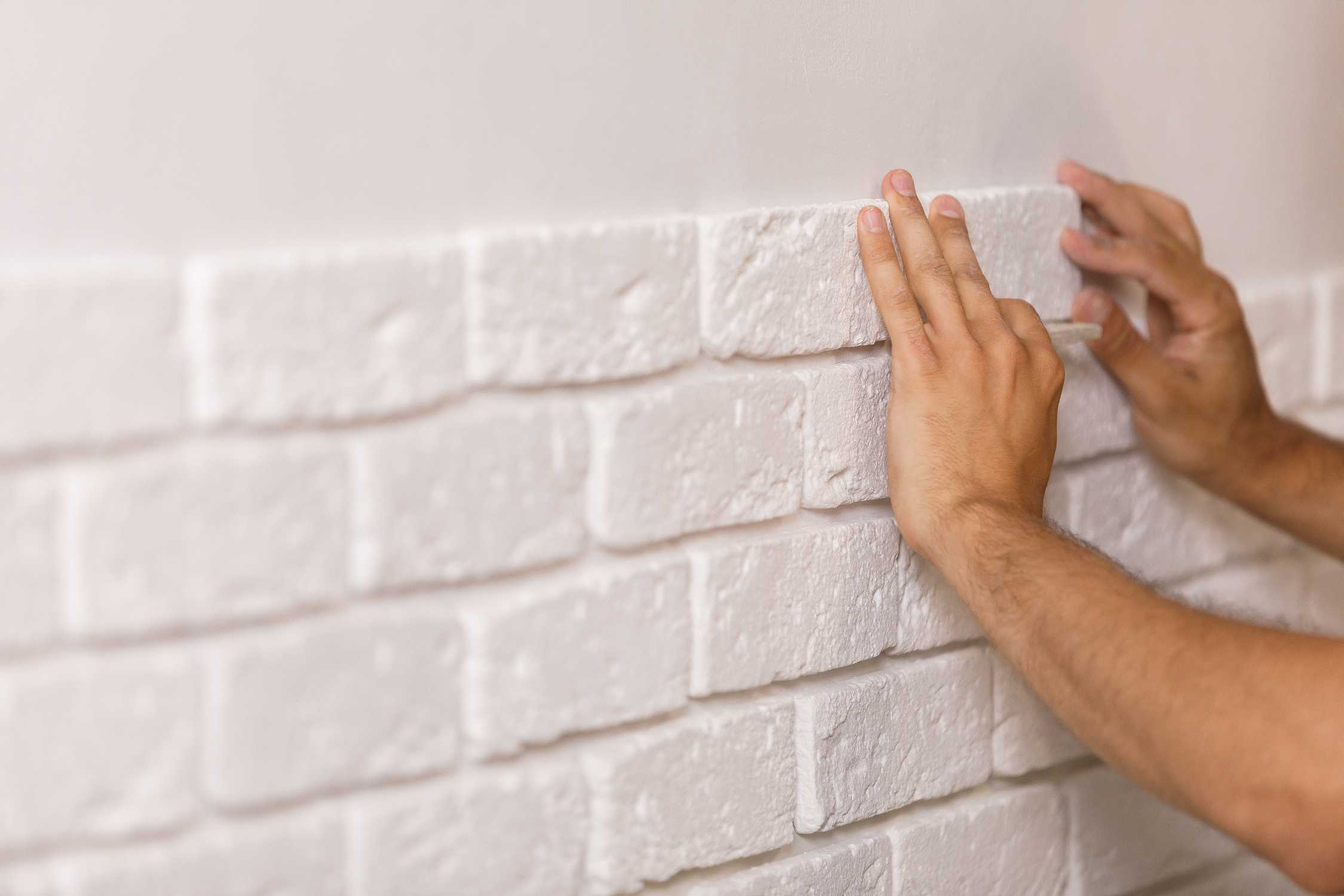Brick is the chosen material for many of the UK’s most awe-inspiring house extensions, for good reason too. The time and skill it takes not only to lay but also to create an excellent design is exceptional. The perfect blend of traditional styles and modern techniques can result in something truly magnificent and everyone will be taking notice!
If you’re planning to extend your home, bricks are a great option for your build. They have many practical properties, but they are also an extremely versatile building material that can be used to create a number of different looks and styles. From traditional tones such as red and yellow, to modern contemporary style greys and whites, there is a brick out there to suit all tastes.
There are two main types of brick; facing bricks and engineering bricks. Facing bricks are the ones you see on the outside of buildings and as such there is a large variety of colours, textures and finishes to choose from. Engineering bricks tend to be more practical in their use as they are usually used for structural purposes, however there are some with attractive aesthetics which could also be used in this case. The choice of brick should be made early on in your project alongside the other decisions regarding the style and look you want to achieve so that everything can come together seamlessly.
Brick is a natural insulator, which helps keep the heat in during winter and the cool air in during summer. In addition, it also has a relatively high thermal mass, meaning it can absorb warmth from the sun and release it throughout the day.
Your choice of brick is also key to your extension’s thermal performance. For example, a handmade brick has an air void of 30 per cent which acts as an insulator, while a facing brick contains only five per cent.
In general, the cavity wall construction used in new builds and extensions is an excellent way of providing insulation and conserving heat. The cavity provides resistance to heat flow (thermal resistance), which means that colder outside temperatures don’t penetrate through to the inside.

